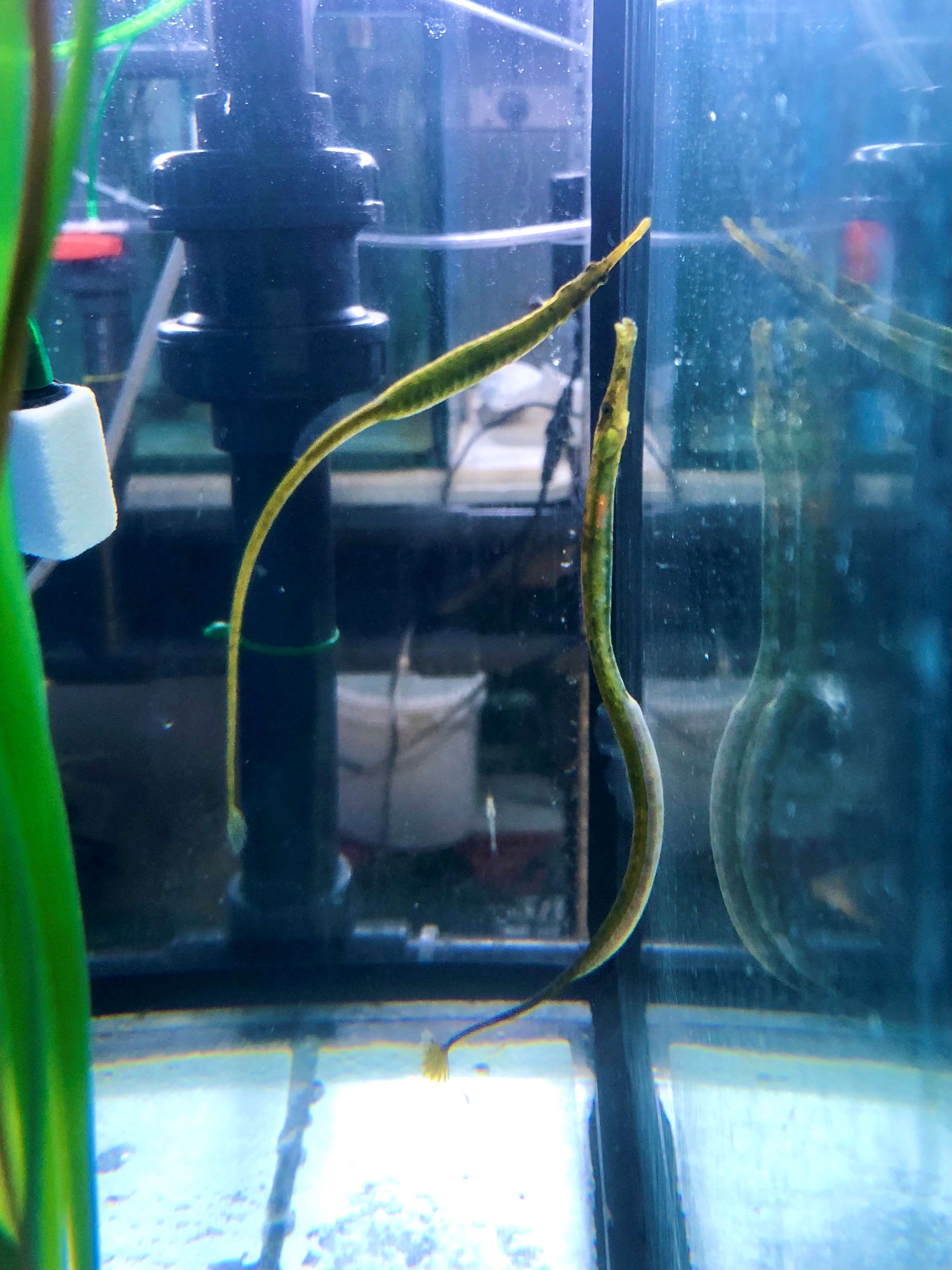Across the animal kingdom, there is a wide array of ways in which parents care for their offspring. When we think about animals with “good parenting”, we quickly think of close-to-home examples from mammals like ourselves: species in which the female can produce milk to feed her children who stay with their mother for some time after birth until they are grown.
What we often don’t realise is that pregnancy itself, a trait that all eutherian mammals have (which excludes the platypus, for example), is a form of parenting. In evolutionary biology, the term “parental investment” is used to describe all ways in which a parent can put time and energy into their offspring to help it grow and survive. This includes pregnancy: you can imagine that an embryo is more protected from outward threats when it can develop inside the uterus compared to, say, a butterfly egg that is laid on a leaf. So, to protect the embryo, most female mammals carry it in their uterus from conception until birth.
This is a huge energetic investment. The embryo is nourished via the placenta, which means that the female has less energy for herself, energy being the currency in all living organisms. In addition, during pregnancy, the mammalian immune system has to work hard to establish a connection between females and offspring that lets the nutrient pass to the embryo. At the same time, it has to make sure that the embryo is not recognised as a foreign object and attacked by the immune cells.
If females are the ones investing so much in their offspring, it is very important for them to select the best mates out of the bunch so that the costs will be worth it. This is where evolutionary theory comes into play. In many species, females are “choosy” about their males, who in turn compete for females e.g. by investing in extravagant displays like a peacock’s feathers. This dynamic is often referred to as “conventional sex roles”.
Another interesting point about these sex roles is that typically females have a more active immune system than males. It’s been suggested that this has evolved along with higher parental investment in females: To have a lot of offspring and therefore a lot of evolutionary fitness, females need to live longer than males because they invest more time and energy into the next generation and can’t reproduce constantly.
This is a very simplified way of explaining current hypotheses about sex roles, but there is an important thing that we can already see here: If we want to study this topic and try to discern sex roles, parental investment and immune function, we can’t look at mammals. All mammals have female pregnancy, and for evolutionary studies, it is often necessary to compare species that differ from each other in the traits that we want to examine.
And this is where we finally get to our “dads of the year”, the animals we research in our group. There is a whole family of fishes, the Syngnathidae, who have evolved male pregnancy. In these fish, after the end of a so-called “mating dance” the male receives unfertilised eggs from the female. He either attaches them to his belly (like in the straight-nosed pipefish, Nerophis ophidion) or they are deposited in a specialised brood pouch on the tail where he fertilises them and carries them until they are fully developed larvae and can be released into the sea. Seahorses are the most famous example of this, but their relatives, the broad-nosed pipefish Syngnathus typhle, also carry their embryos in a pouch on their bodies and they live right here, in seagrass meadows in the Baltic Sea.
The females of this species compete with each other for the males and have ornaments on their sides that they use for this competition. Our group has also found that the immune systems of males and females show switched patterns to conventional sex roles, which is why we call them “sex-role reversed”. This makes pipefish the perfect candidates to study parental investment and immune systems in a species where the father carries the embryos during development.
For my PhD project, I am comparing multiple species with male pregnancy to see if there is a gradient in parental investment in the Syngnathidae family. I want to find out whether we can determine the “rules” by which sex-role reversal happens in evolution via this fish family of great dads.
Ayla Kesim
P.S.: If you want to know more about my research group and what we’re working on visit our website: www.marevol.online
